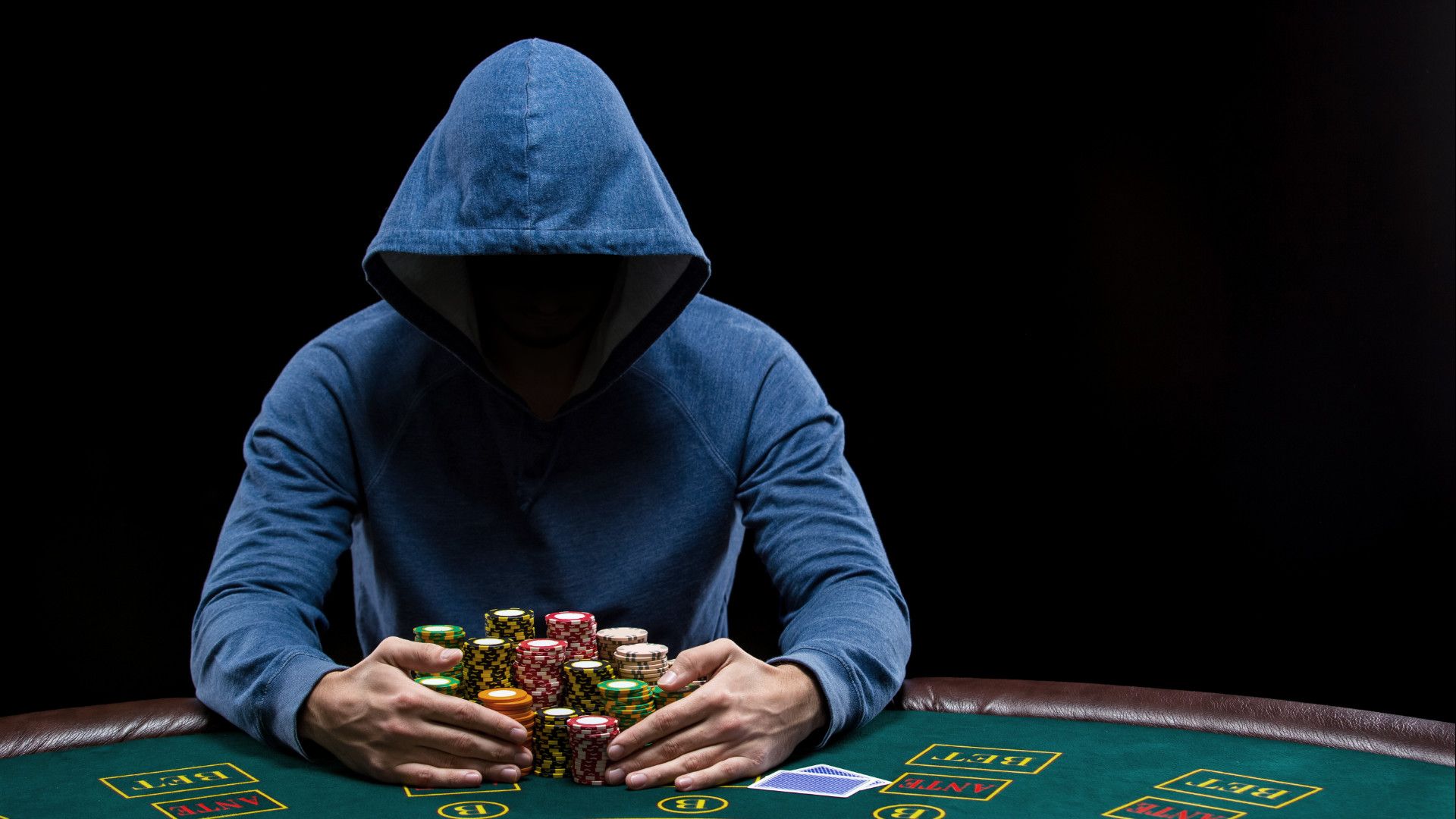Exposing the poker cheating: How an AI Analyzer Outsmarts Online Poker Fraud in 2025
Online poker has grown far beyond casual home games: prize pools keep ballooning, and so does the temptation to bend the rules. In the past few months alone, operators have shut down hundreds of accounts for super-user exploits, collusion rings and hi-tech tricks involving RFID scanners. Yet the same technological leap that arms bad actors is now empowering artificial intelligence to defend fair play. Below, we break down how a modern AI assistant spots poker cheating patterns, what to watch out for in 2025, and which quick checks will keep your sessions safe.
Why the topic exploded right now
High-profile collusion at marquee events. A Millionaire Maker final table at the WSOP revealed a chip-dump attempt: two rivals tried to “feed” each other stacks in hopes of a seven-figure payday.
Bot rings at mid-stakes. Major rooms are ejecting record numbers of automated accounts—last year more than 290 bots vanished, and six-figure rakebacks were refunded to legitimate players.
Gadgets in the live arena. RFID readers, pinhole cameras and Bluetooth earpieces have reached local Texas and Las Vegas games, letting scammers see hole cards before the flop.
The result: rising distrust across the community and harsh bans that can follow offenders from online sites to live series. Poker cheating became serious concern.
The new-wave AI assistant
Imagine an algorithm that reviews every hand in milliseconds:
Behavioral biometrics. Decision time, click rhythm and bet patterns form a “digital fingerprint.” A handful of anomalies triggers an alert.
GTO-deviation scans. The engine compares actual lines with optimal-strategy ranges. Near-perfect accuracy often signals a bot; absurdly well-timed hero calls hint at a super-user.
Cross-match networks. Data flows between user databases and room APIs, catching collusion clusters tied together by shared IPs, styles or synchronized log-ins.
Crucially, the assistant doesn’t just scream “cheater!”—it explains why a specific hand looks suspicious, highlighting timing spikes, EV gaps or a tell-tale funnel of chips between two screennames. That turns it into a coaching partner, not a black box.
Three top poker cheating schemes—and how AI flags them
Scheme | Mechanism | Red-flag metrics |
|---|---|---|
Grinding bots | Scripts play dozens of tables 24/7, exploiting ABC lines on micro-limits. | 1) Smooth win-rate curve with no tilt.2) Uniform 3–4 s decision time. |
Super-users | Human sees all opponents’ cards (server breach or hidden camera). | 1) Bluff-catch success > 95 %.2) Instant switches to perfect GTO mix versus every rival. |
Chip-dump & collusion | Two + accounts funnel stacks within the same team. | 1) Chip transfers in one-two moves.2) Matching IP/MAC and mirrored session schedules. |
Each model is tuned separately, boosting accuracy while slashing false positives.
Five quick tests before you sit down
Scan the lobby. Sort tables by hands per hour: extreme speed often equals a bot pool.
Check a suspicious nickname. The assistant shows non-showdown win rate—over 65 % is a red flag.
Watch the time bank. Identical 3-second decisions on every street spell scripting.
Compare rakeback tiers. A player with elite status but only a few hundred tracked hands may have cycled through multiple accounts.
Trace bet-sizing rhythm. AI spotlights patterns humans rarely sustain (e.g., precisely 33 % pot every time).
If two or more checks light up, fire up a deep scan or quit the table and call support.
Frequently Asked Questions about poker cheating
Can I spot poker cheating manually?
Partly. A seasoned reg will notice robotic timing and mechanical c-bets, but only large-scale data analytics can crunch thousands of hands for real proof.
What if I suspect a super-user?
Save the hand history, note the table ID, and report it immediately. The sooner security receives raw data, the better the chance to void an illicit cash-out.
Which stakes are most vulnerable?
Surprisingly, NL25–NL200. Traffic is big enough for bots to hide, yet most pros don’t invest in full-blown opponent audits.
Will a player report influence the final verdict?
Yes. The system uses a human-in-the-loop cycle: each report is tagged and feeds model retraining. The more signals, the sharper the classifier.
How do I avoid false of poker cheating suspicion myself?
Play from a stable IP, skip all-purpose hotkeys for every action, limit sessions to 16 tables max, and vary your bet sizes.

Comments